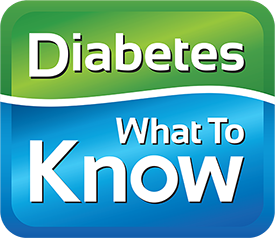Many people feel it’s impossible to eat for good health without spending a fortune, but diabetes dietitian and educator Rachel Taft says that this simply isn’t true. With the right mindset and some practical strategies, nutritious meals can fit into any budget.
Busting the Myths Around “Healthy” Foods
A major obstacle to affordable healthy eating is the flood of myths promoted by “wellness culture.” Messages like “only buy organic,” “avoid processed foods,” and “fresh is always best” can cause people to spend more than they need to — or worse, avoid healthy foods altogether because they seem too expensive.
Rachel emphasized that the real key to healthy eating is balance, not following strict or expensive rules. It’s far better to eat more vegetables in whatever form works for your budget than to skip them because you can’t afford the “perfect” version.
Canned and Frozen Foods Deserve a Place on Your Table
Canned vegetables, beans, and seafood are budget-friendly, shelf-stable, and packed with nutrition. Choosing low-sodium or no-salt-added options and rinsing them before use makes them even healthier. Rachel noted that canned tuna or salmon, for example, can provide the benefits of seafood — protein and healthy fats — at a fraction of the cost of fresh fish.
Frozen produce is another excellent option. Fruits and vegetables are usually frozen at peak ripeness, locking in nutrients, and they last far longer than fresh versions. Frozen cauliflower, broccoli, or berries can be pulled out whenever you need them, saving money and preventing waste.
Processed Foods Can Be Healthy, Too
Not all processed foods are unhealthy. Rachel pointed out that many nutritious staples, such as bean-based pasta or tofu, are technically “processed” but provide affordable sources of protein and fiber. If we avoid the middle aisles of the grocery store entirely, we miss out on convenient, healthy, budget-friendly options. For more about the ultra-processed foods we want to avoid, read this article.
The Truth About Organic Produce
Organic fruits and vegetables may sound healthier, but research shows they contain nearly the same nutrients as conventionally grown produce. Rachel’s advice is simple: buy the fruits and vegetables you can afford, wash them thoroughly, and don’t worry about the label. What matters most is eating produce consistently, not whether it’s organic.
Bottom line: Affordable eating is about making smart choices, not following myths. Canned, frozen, and even some processed foods can be nutritious and cost-effective, helping you eat well without draining your wallet.
—
Sign up for our free diabetes education class here.
If you’d like to join a diabetes support group to learn and share with others, click here.
The medical information on Diabetes – What To Know’s website is provided as an information resource only. The content is not in any way intended to be nor should you rely on it as a substitute for professional medical evaluation, diagnosis, advice and treatment.

